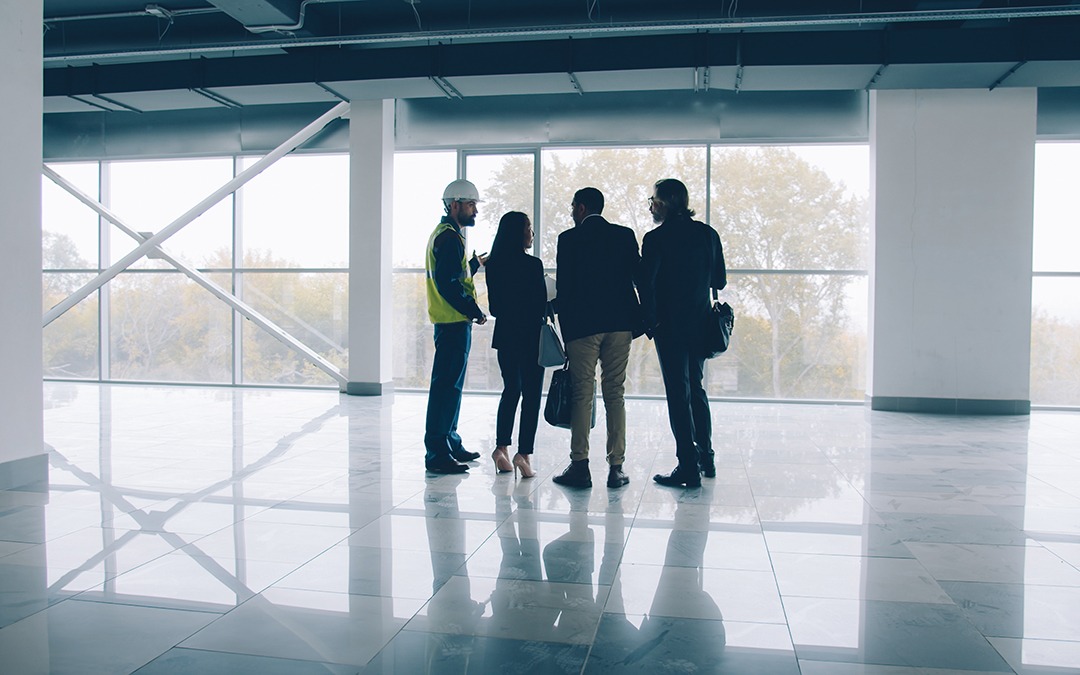
Claiming significant first-year depreciation tax deductions for eligible real estate expenditures may be an option for your business, allowing you to accelerate deductions rather than spreading them out over multiple years. However, this decision is not as straightforward as it may appear, as there are important factors to consider.
Qualified Improvement Property (QIP)
For assets placed in service in tax years beginning in 2023, the maximum allowable first-year Section 179 depreciation deduction is $1.16 million. Notably, the Section 179 deduction can be applied to QIP, which encompasses interior improvements made to nonresidential buildings after their initial placement in service. QIP also includes HVAC systems, nonresidential building roofs, fire protection and alarm systems, and security systems that are installed subsequent to the building’s first placement in service.
However, expenses related to enlarging the building, adding elevators or escalators, or enhancing the building’s internal structural framework are not considered QIP and must be depreciated over several years.
Section 179 Limitations
It is crucial to be aware of limitations when claiming the Section 179 deduction. The deduction cannot result in an overall business tax loss, and if too much qualifying property is placed in service during the tax year, the maximum deduction is phased out. If you have an ownership interest in a pass-through business entity (such as a partnership, LLC treated as a partnership for tax purposes, or S corporation), the Section 179 deduction limitation rules can become intricate. Trusts, estates, and noncorporate lessors face additional restrictions, which we can provide further details on.
First-Year Bonus Depreciation for QIP
In addition to the Section 179 deduction, there is an 80% first-year bonus depreciation available for QIP placed in service in the calendar year 2023. If your goal is to maximize initial write-offs, it is advisable to first claim the Section 179 deduction. Once you have reached the maximum limit for that, you can then utilize the 80% first-year bonus depreciation.
It is worth noting that for first-year bonus depreciation purposes, QIP excludes nonresidential building roofs, HVAC systems, fire protection and alarm systems, and security systems.
Consider Depreciating QIP Over Time
There are two reasons to carefully consider before claiming substantial first-year depreciation deductions for QIP.
- Lower-taxed gain upon property sale: Claiming first-year Section 179 deductions and bonus depreciation for QIP can result in depreciation recapture, which is taxed at higher ordinary income rates when the property is sold. Currently, the maximum individual rate on ordinary income is 37%, and there may be an additional 3.8% net investment income tax (NIIT) applicable. However, for QIP held for over one year, gain attributed to straight-line depreciation is taxed at an individual federal rate of only 25%, plus the 3.8% NIIT if applicable.
- Future value of write-offs: By claiming significant first-year depreciation deductions for QIP, you will correspondingly reduce depreciation deductions for subsequent years. If federal income tax rates increase in the future, you will have effectively traded potentially more valuable depreciation write-offs in future years for less valuable initial-year deductions.
The decision of whether to claim first-year depreciation deductions for QIP is complex. It is recommended that you consult with us before making any depreciation choices.